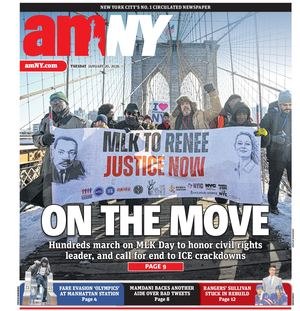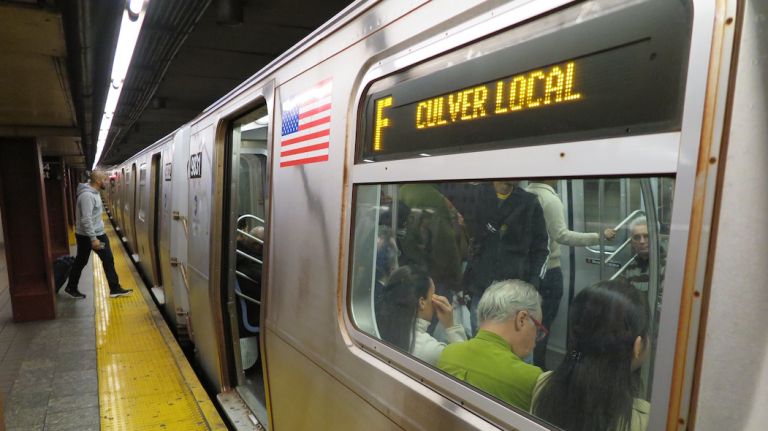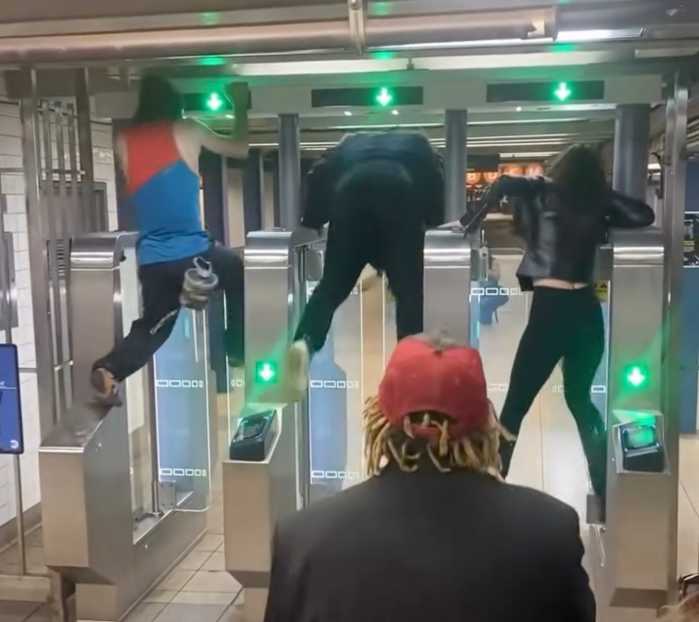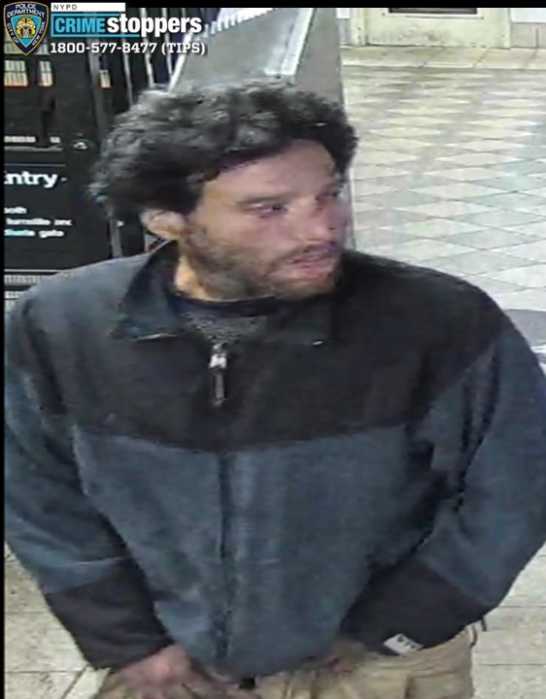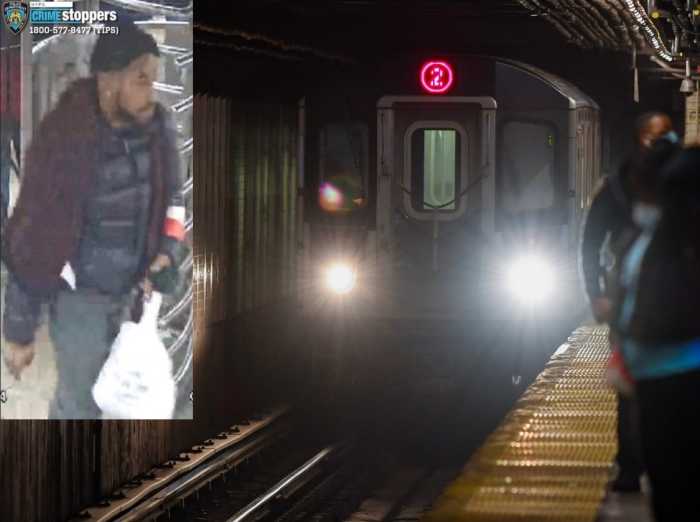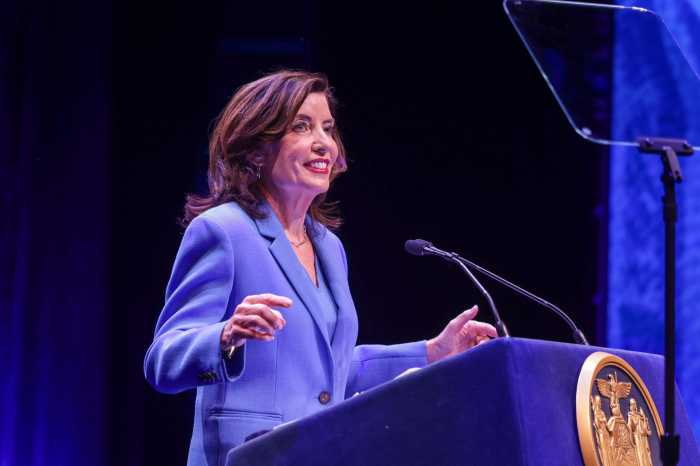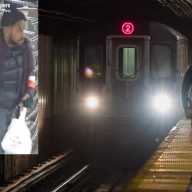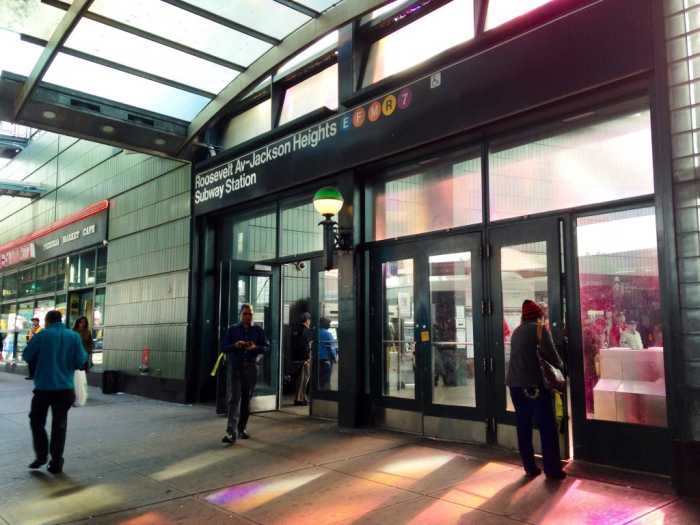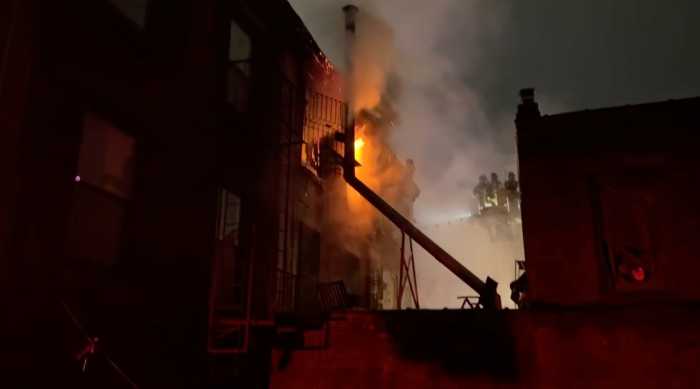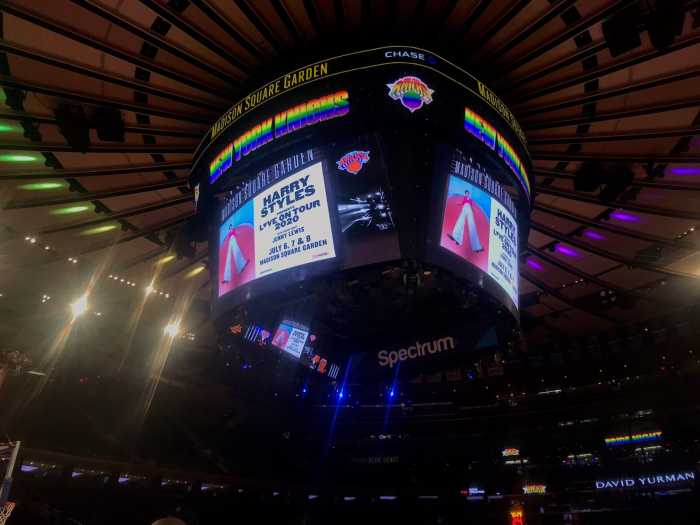
It was a perfect storm. But this one was underground.
At the height of rush hour on Monday, an ice-covered drain in a busy subway station managed to cripple a third of the MTA’s subway lines.
Commuters, packed onto platforms, watched overstuffed trains pass by one after the other. The MTA generally pumps out about 13 million gallons of water from its system on a dry day, but the blustery weekend of snowfall proved especially challenging for the agency at the start of the workweek.
Just before 7 a.m., the MTA noticed that storm drains on the tracks near the West Fourth Street station had been blocked by frozen water and other debris, leading to a buildup of water in the area, according to Kevin Ortiz, an MTA spokesman.
“We had to shut down power in order to unclog those drains,” Ortiz said.
Power was restored about 9:30 a.m., but the action spurred significant delays throughout the day along eight subway lines, the A, B, C, D, E, F, M and R trains.
“West Fourth is a location where you have several lines,” Ortiz explained. “There was a chain reaction where this one particular issue caused delays on several lines through corridors.”
Delays snowballed when the agency reported signal problems from the same area.
And, throwing salt on the proverbial wound, while the troubles were happening, the Twitter account of Gov. Andrew Cuomo posted a celebratory tweet at 8:20 a.m. about the successful, early delivery of Wi-Fi and cellphone service in all underground stations.
That inspired a flurry of angry responses from stranded straphangers.
“Would rather the E train show up than browsing the web underground for 30 minutes,” tweeted one commuter.
“That’s great because I can let my boss know I’ll be late from all the delays on the E train,” tweeted another.
Mayor Bill de Blasio weighed in at an unrelated news conference Monday.
“I think this is a very serious situation,” he said. “My constituents increasingly talk to me about congestion on the subway; I hear it all over New York City. I think it begs a very important question: Where are we going to get the investment we need for better subway rides, less congestion? What is it going to take?”
For transit advocates and experts, the incident serves as a paradigm for the holes that the governor can fill with his leadership of the state-run MTA.
“What we’ve seen is that, when Governor Cuomo gets involved in transit, good things happen,” said Hayley Richardson, communications associate at the planning nonprofit TransitCenter. “And that’s great, but we want to focus that on things like frequency and reliability.”
There are tech-driven projects, like the proliferation of Wi-Fi, and megaprojects, like the Second Avenue subway, that the governor has championed and managed to deliver with enough pressure — one ahead of schedule and the other against all odds, respectively.
“We’re running a modern subway with century-old technology, which is why we see so many huge failures,” said John Raskin, executive director of the Riders Alliance. “Governor Cuomo needs to put his money where his mouth is and fund the basic upgrades that will make the system run, instead of just the big megaprojects.”
The governor’s office argues it’s tackling the full range of issues affecting the MTA. John Weinstein, a spokesman for the governor, pointed to several more of Cuomo’s initiatives, including the redesign and renovation of more than 30 subway stations and delivery of open-gangway cars to the agency’s fleet.
“The idea that we can’t do the big things — like open the Second Avenue subway, renovate dozens of subway stations, and buy more than 1,000 new subway cars — while also investing significant capital dollars in upgrading our existing systems is completely misguided,” said Weinstein in a statement. “The MTA’s historic $27 billion capital plan — with a record $8.3 billion commitment in state funds — includes major upgrades to signals, switches, and communication based train control, all of which will keep the system working for New Yorkers 24/7.”
-With Alison Fox
